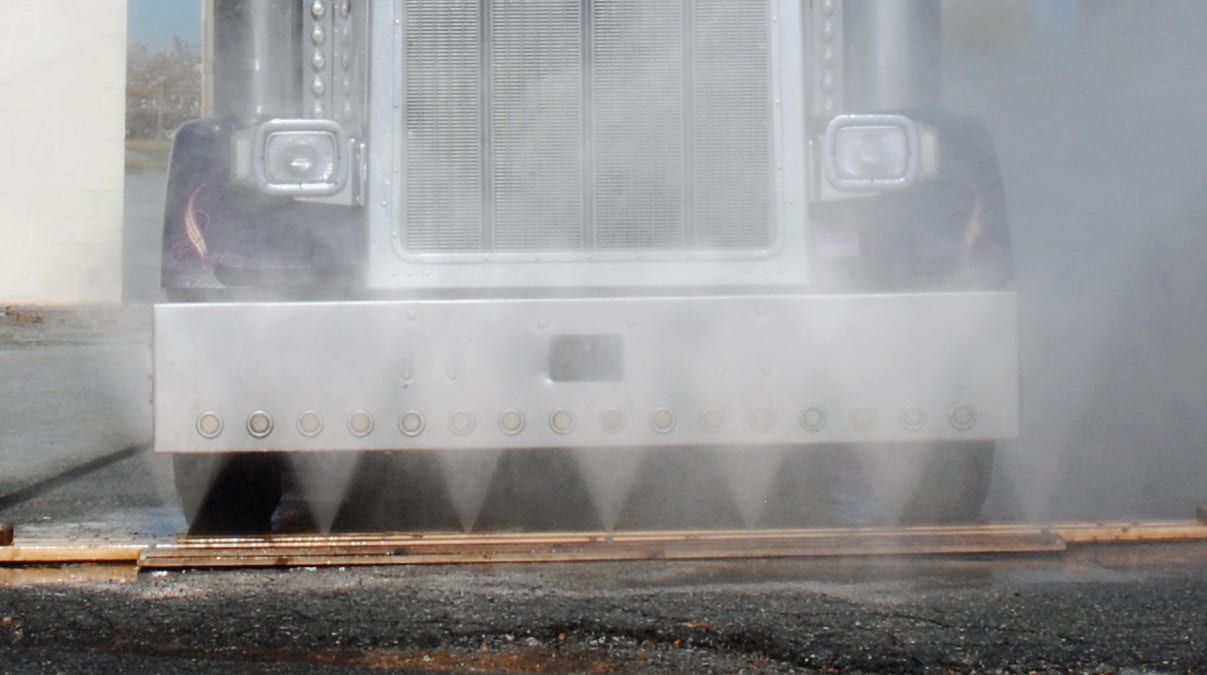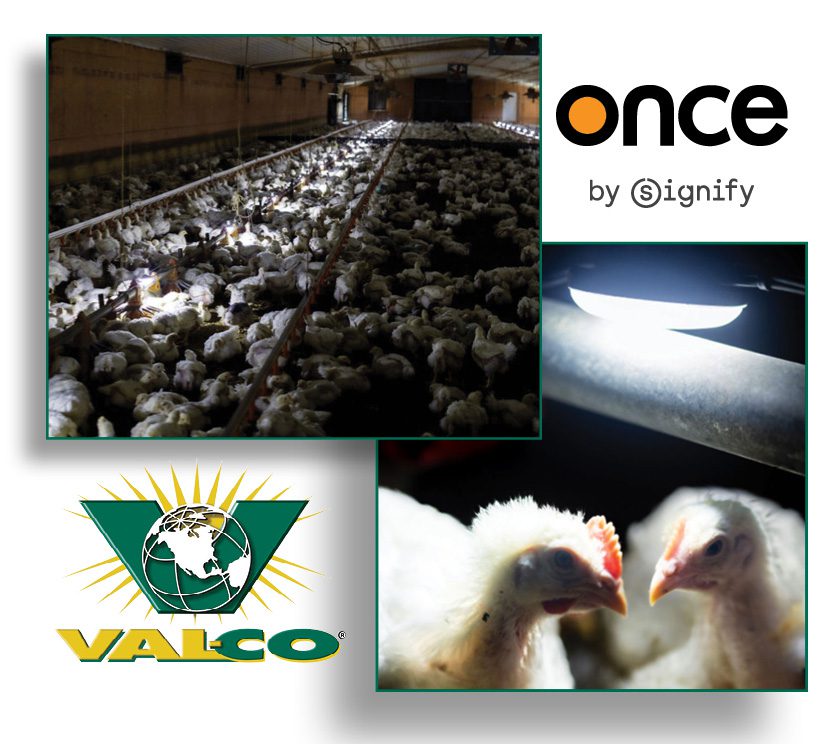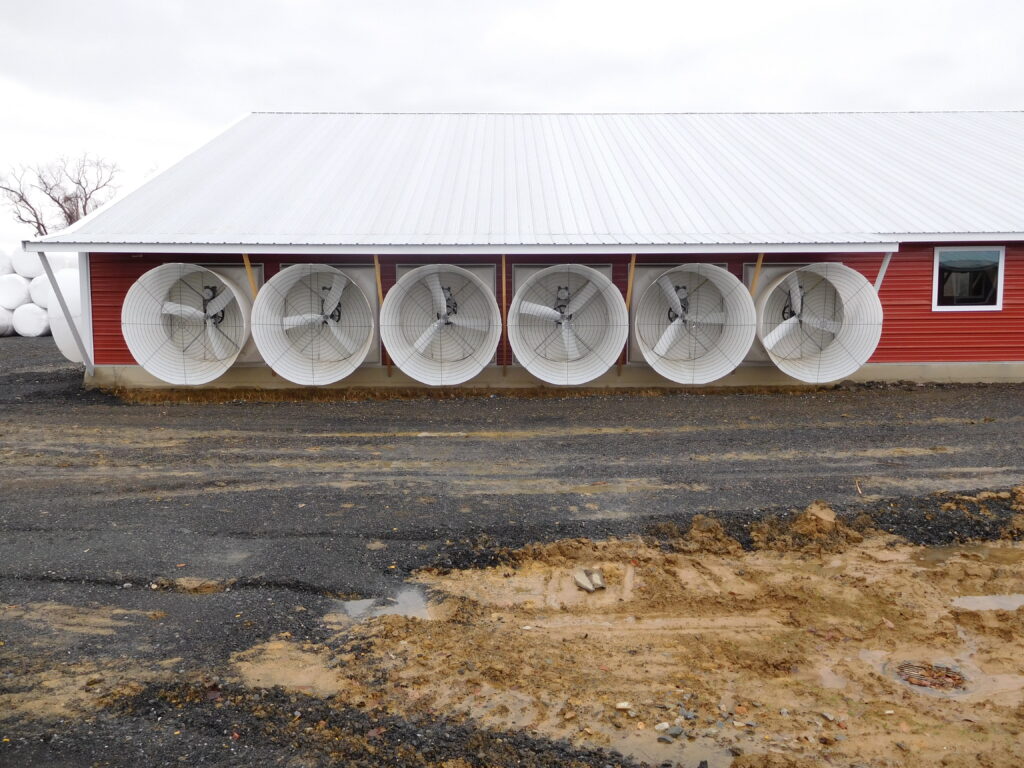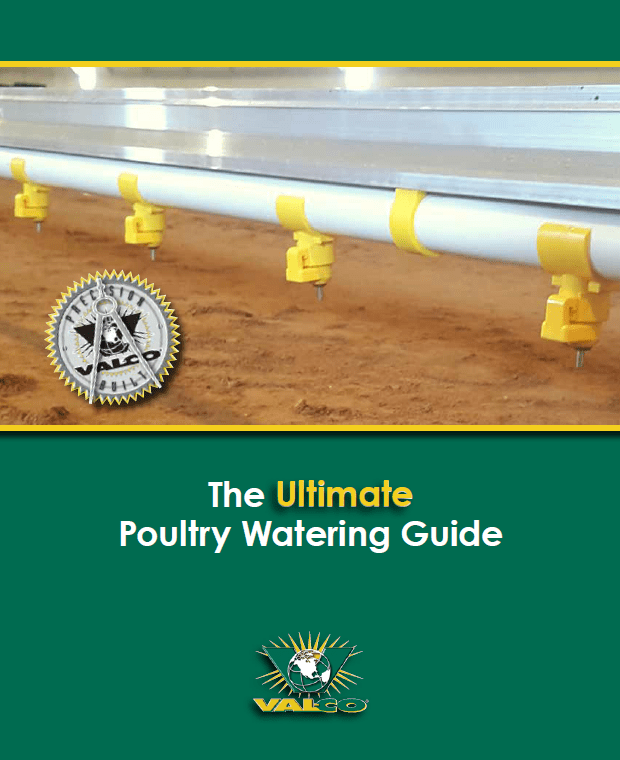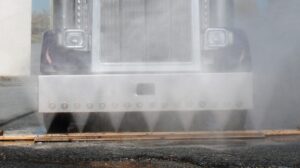 The spread of viral disease has been at the forefront of animal and human health for the past few years. Avian Influenza (AI), Porcine Reproductive & Respiratory Syndrome (PRRS), Porcine epidemic diarrhea virus (PEDv), and other highly contagious pathogens are all a threat to animal agriculture.
The spread of viral disease has been at the forefront of animal and human health for the past few years. Avian Influenza (AI), Porcine Reproductive & Respiratory Syndrome (PRRS), Porcine epidemic diarrhea virus (PEDv), and other highly contagious pathogens are all a threat to animal agriculture.
Highly Pathogenic AI viruses cause severe, systemic disease with high mortality rates in chickens and turkeys; mortality rates can be as high as 100% in a few days.
PEDv causes gastro intestinal symptoms including severe diarrhea and vomiting and has a 50-100% mortality rate in piglets.
An often-overlooked mode of transmission is through contaminated vehicles moving between farms.
Recently, more businesses like hatcheries and grain mills, have added vehicle cleaning to their facilities, but this only limits diseases in those facilities and does not protect the farms themselves.
Producers can protect their farms and themselves by consistently applying effective measure to clean, disinfect, and dry transport vehicles including trucks and trailers that frequent processing plants, other farms, and buying stations.
Improve swine/bird health by stopping spread of contagious disease. Follow these steps to properly cleaning and disinfecting the vehicles coming onto your farm.
Cleaning vehicles:
- Wash away any visible organic material. Disinfectants do not work on dirty surfaces.
- Power wash with detergent. Detergents will start to break down pathogens.
- Use a consistent, systematic process. Work from the top down, front to back, and inside out.
- When visible dirt is removed, apply disinfectant to kill pathogens. Choose a disinfectant effective against most important pathogens.
- Allow the disinfectant to sit long enough to work.
- Allow the vehicle to dry completely.
Remember that vehicle disinfection is just one piece of the biosecurity pie. A comprehensive biosecurity plan creates a culture of biosecurity on the farm and controls the flow of human traffic, the presence of vermin, insects, and wild birds, the animal health and mortality, and the barn environment.
